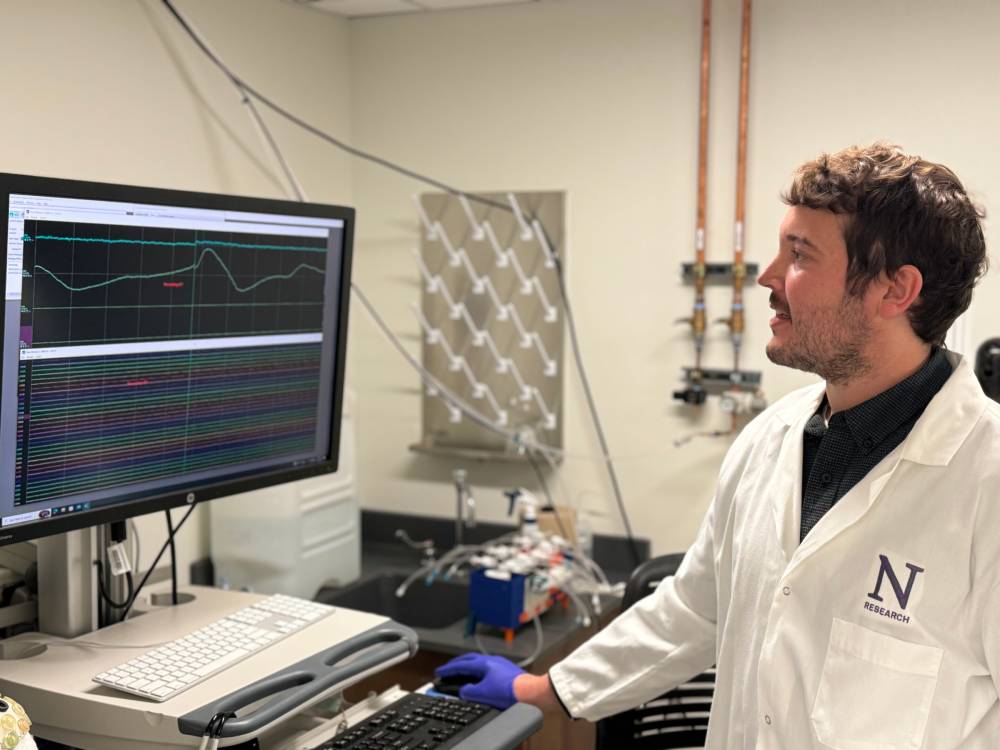The Science Blog

Unlocking the Secrets of Memory: Latest Neuroscience Breakthroughs
The human brain is a complex network of neurons and synapses. It creates memory, which is key to our identity and thinking. Memory is not just a passive repository of past experiences. It actively shapes our perception, decision-making, and learning. With the rapid advancements in neuroscience, we are now closer than ever to unlocking the secrets of memory. This blog explores recent advances in memory research. It highlights important ideas like memory consolidation, neural plasticity, and cognitive studies.
Key Benefits of Understanding Memory
Understanding memory is crucial for numerous reasons. It is the cornerstone of learning, enabling us to acquire new skills and knowledge. Memory is key for emotional control, social interactions, and shaping personal identity. As we get older, memory problems like dementia become more common. So, it’s important to understand how they work. This knowledge helps us create better treatments.
New discoveries in neuroscience help us understand how memory forms and is recalled. Exploring these breakthroughs helps us understand how we store, change, and recall memories. This knowledge could lead to new treatments for memory-related disorders.
Memory Consolidation: The Foundation of Long-Term Memory
Memory consolidation is key. It stabilizes and strengthens memories, making them less fragile and more permanent. This process involves the transfer of information from short-term to long-term memory, primarily occurring during sleep. Recent studies show that certain brain areas, like the hippocampus and neocortex, help with memory consolidation.
The Role of Sleep in Memory Consolidation
Sleep is not merely a state of rest; it is an active phase for memory consolidation. While we sleep, the brain replays and rearranges information. This helps mix new memories with what we already know. Research shows that stages of sleep, like REM and non-REM, each play a unique role in memory consolidation. Non-REM sleep helps consolidate declarative memories. In contrast, REM sleep is connected to procedural memory.
Neural Mechanisms of Memory Consolidation
Memory consolidation happens at the cellular level through synaptic plasticity. This process strengthens or weakens the connections, called synapses, between neurons. Long-term potentiation (LTP) and long-term depression (LTD) are two key mechanisms underlying synaptic plasticity. LTP boosts synaptic strength, helping store memories. LTD, on the other hand, weakens these connections. This process lets us refine and remove unneeded information.
Neural Plasticity: Adapting and Rewiring the Brain

Neural plasticity, or neuroplasticity, is the brain’s amazing ability to adapt. It reorganizes itself based on experiences and changes in the environment. This dynamic property allows the brain to change its structure and function. It is key for memory formation and learning.
Types of Neural Plasticity
Neural plasticity has two main types: structural plasticity and functional plasticity. Structural plasticity means the brain’s physical shape can change. This includes growing new neurons, known as neurogenesis, and forming new synaptic connections. Functional plasticity is the brain’s ability to move functions from one area to another. This often happens after injury or damage.
The Impact of Experience on Neural Plasticity
Experiences, both positive and negative, can significantly influence neural plasticity. Doing mentally stimulating activities, like learning a new language or playing an instrument, can boost brain connections and help grow new brain cells. Chronic stress and trauma can hurt brain plasticity. This can cause memory issues and cognitive decline.
Cognitive Research: Exploring the Frontiers of Memory
Cognitive research includes many studies. These studies help us understand how we think, remember, see, and learn. Researchers use advanced imaging techniques like fMRI and EEG to see brain activity in real-time. This helps them understand how memory works in the brain.
The Role of Technology in Cognitive Research
New technology has changed cognitive research. Now, scientists can study the brain’s details more accurately than ever before. Brain-computer interfaces (BCIs) and neurofeedback are new technologies. They show promise for improving memory and cognitive function. BCIs let the brain communicate directly with devices. This could help with memory enhancement and rehabilitation.
Ethical Considerations in Cognitive Research
As cognitive research advances, ethical considerations become increasingly important. Memory manipulation and enhancement can affect privacy and consent. They also raise concerns about changing how we think. We must carefully address these ethical challenges. This way, scientific progress can match societal values and ethical principles.
Additional Expert Tips & Common Mistakes to Avoid
When exploring the realm of memory and neuroscience, it is essential to approach the subject with a critical and open mind. Here are some expert tips and common mistakes to avoid:
Expert Tips
- Stay informed about the latest research: Memory research is a rapidly evolving field. New discoveries emerging regularly. Staying updated on the latest findings can enhance your understanding and offer new insights.
- Keep learning for life: Take on new experiences and activities to challenge your mind. This can enhance neural plasticity and promote cognitive health.
- Focus on sleep and stress management: Getting enough sleep and reducing stress are key for good memory. Incorporate relaxation techniques and mindfulness practices into your daily routine.
Common Mistakes to Avoid
- Avoid overgeneralising findings: Research offers important insights, but we must see its limits. Not all results apply to every person or situation.
- Neglecting the role of lifestyle factors: Lifestyle factors play a big role in memory. These include diet, exercise, and social interactions. Neglecting these aspects can hinder cognitive function.
Advanced Insights & Expert Recommendations

As we continue to unlock the secrets of memory, several advanced insights and expert recommendations emerge:
- Personalised interventions: Everyone’s memory works differently. So, tailored solutions that match a person’s unique cognitive profile may improve memory enhancement and rehabilitation.
- Interdisciplinary collaboration: Memory research gains from teamwork across fields. It combines ideas from neuroscience, psychology, and computer science. This helps create better models of memory.
- Future directions: Memory research has exciting possibilities ahead. These include memory-enhancing drugs, non-invasive brain stimulation, and AI-driven cognitive training programs.
Embracing the Future of Memory Research
In conclusion, exploring memory and how it works is a captivating journey. It draws in both scientists and everyday people. New findings in memory consolidation, neural plasticity, and cognitive research show great promise. They help us understand and improve how memory works. As we look to the future of memory research, we must carefully consider ethical issues and their impact on society. By doing so, we can unlock the full potential of memory, enriching our lives and shaping the future of cognitive science.
What are your thoughts on the latest advancements in memory research? How do you envision the future of memory science? Share your insights and join the conversation on this captivating topic.









